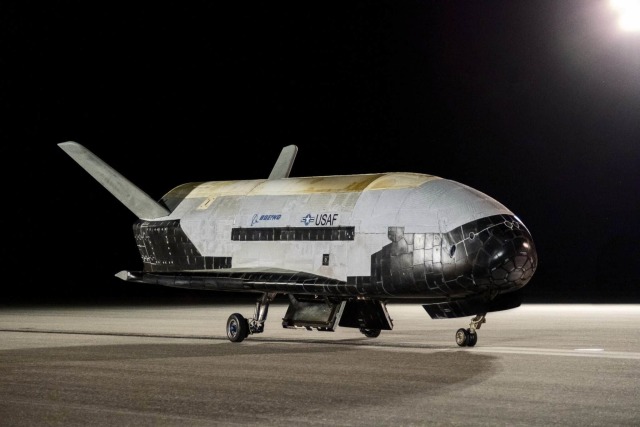The unmanned US orbital plane completed its sixth mission and landed early on Saturday morning. He spent a record 908 days in space, all the while providing himself with energy thanks to solar panels.
In 2010, the United States launched the Boeing X-37, an experimental orbital aircraft designed to test future technologies. While the X-37A was tested mainly within the Earth's atmosphere, the X-37B was developed as an unmanned space laboratory for scientific experiments at an altitude of up to 750 kilometers above the Earth's surface.
In total, the X-37B has already successfully completed six space missions. Initially, he stayed in space for less than a year, but with each flight, the mission duration increased, from 224 to the previous 780 days, and on November 12 of this year, the plane once again landed at the Kennedy Space Center after a record 908 days of absence.
According to the information resource Phys.org During the sixth mission, the X-37B hosted for the first time a module for experiments of the US Naval Research Laboratory, the US Air Force Academy and other research institutions. The module separated and remained in orbit so as not to threaten the safety of the X-37B during landing.
Among the operations performed by the drone in orbit is the deployment of the experimental satellite FalconSat—8, designed and built by cadets of the US Air Force Academy. Its flight began in October 2021, and the satellite is still in orbit. Also on board the X-37B, the effects of prolonged stay in space on plant seeds were studied, which may be useful for upcoming missions to Mars, because they will have to carry with them a supply of terrestrial seeds to provide food for an extraterrestrial colony.
In total, during its operation, the drone flew more than two billion kilometers and spent a total of 3,774 days in space. So far, no serious problems have been detected in the work of the orbital laboratory, so there is no doubt: the X-37B is still waiting for new flights that will lead to new records.

